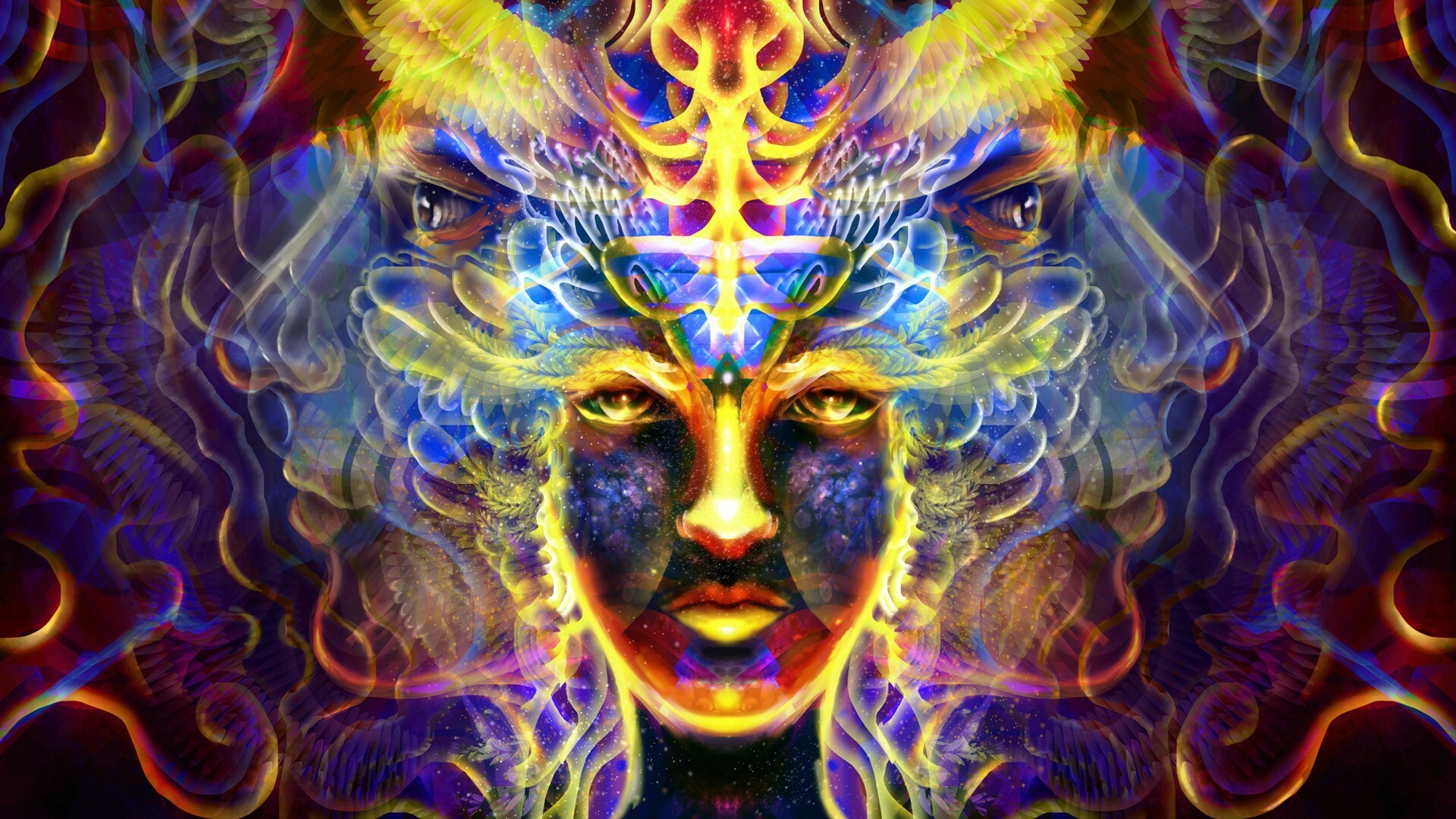
Fractal Geometry
“Fractal geometry is not just a chapter of mathematics, but one that helps Everyman to see the same world differently.” ~ Benoît Mandelbrot
Our brains are fractal systems. Our minds are the far-reaching nonlinear branches of these systems. Fractal systems produce fractal behavior over time. It’s found readily throughout nature: from trees to neurons, from rivers to the respiratory system, from the circulatory system to geological fault lines, from snow-flakes to earthquakes.

Why do natural systems tend to be fractal?
There are many reasons. As David Pincus Ph.D. explained, “Essentially, fractal systems have many opportunities for growth, change and re-organization. Yet they also are very robust. They maintain their coherence; they hold together well, even under tough circumstances. They are balanced in this respect, between order and chaos. They are simple, yet also very complex. This balance is often referred to as “criticality.” And the term “self-organized” is often added because systems tend to become fractal on their own, simply by putting a lot of system components together and allowing them to exchange information.
Fractals also come into play within the internal attractor structure of personality, which organizes self-similar patterns of behavior at various scales of observations. A timid middle-aged housewife tries to enter the professional world once her children have grown and her nest is empty. One day, early in therapy, she forgets to turn on the red light in the waiting room. By so doing, she keeps her presence invisible. Coincidentally, similar themes of disconnection and invisibility have also appeared in a dream from the night before. In it, the woman frantically tries but fails to get the attention of her boss to alert him to a critical flaw she has found in his business machinery. The flaw is minuscule but so serious it could shut down the whole enterprise.
Together, the patient and therapist interpret the dream. Deeply rooted fears are uncovered of tiny flaws under the surface, which endanger the very continuation of this woman’s enterprise, both personal and professional. With her children gone and caretaker role all but eliminated, her primary identity is threatened. This woman feels invisible and disconnected at multiple, recursively embedded levels. She wonders if she will be seen as vital to anyone, including her boss, therapist, and most importantly herself.
When the dream is examined self-referentially, as all dreams can be, this patient’s concerns about visibility and vitality recursively implicate her relationship to her own inner world. In self-fulfilling, self-similar fashion, as this housewife struggles to transform and broaden her role in society, she unconsciously enacts the very conflict she fears most. Ironically, by “forgetting” to turn on the light, she isolates herself at the very moment that consciously she is most eager to discuss and share her predicament.
Because of the capacity for the tiniest fragment of a dream to reflect the whole of the psyche, it is easy to see how beneath the surface, every dream carries a fractal structure. Every dream carries the full potential for an infinitely deep and wide nexus of interpreted meaning.
The fractal display of personality at multiple scales in everyday life is something most of us pick up intuitively. Similarly, one’s life-partner will be more likely to drive you crazy than the moon.From the micro-level of speech patterns, through a medium-scale event of a chance encounter on the highway, to the large-scale level of ongoing business relations, people generally demonstrate self-similar behavior across multiple scales of observation. When this gets rigidly stereotyped, we might think in terms of Freud’s notion of repetition compulsion. But a certain degree of self-similar repetition of behavior is natural, perhaps representing the characteristic “signature” of personality by which others recognize us and we recognize ourselves. When it comes to behavior emitting from the depths of personality, the same fractal dynamics crosscut every scale.
We are a fractal, a pattern that continuously changes. The deeper you look, the more complicated, yet always repeating patterns. It seems that the brain has a fractal organization. This likely gives us much of what we consider human. And at a deeper level, these findings may help to connect us in a very fundamental way to the rest of the natural world.
#psychology #pattern #fractalgeometry #mathematics